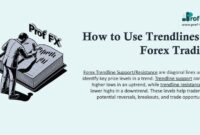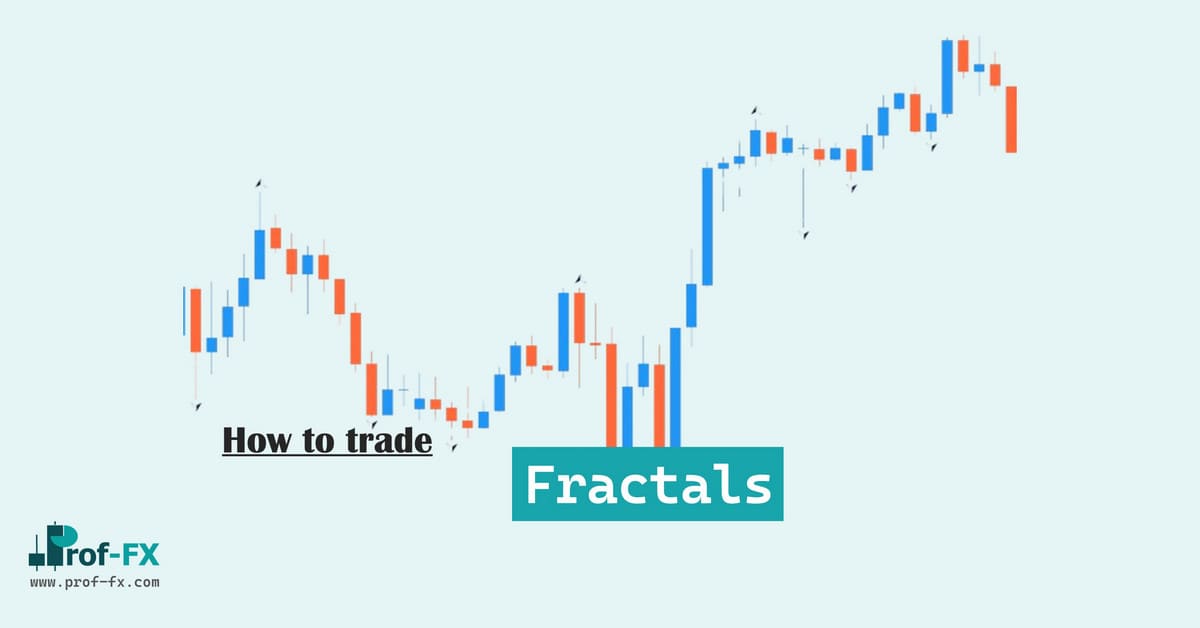Quantitative tightening (QT) is a powerful yet often misunderstood monetary policy tool used by central banks to reduce the money supply, curb inflation, and stabilize an overheating economy. But what exactly is QT, and how does it work? Let’s dive into the mechanics of this policy, its objectives, and its impact on the economy.
What is Quantitative Tightening?
Quantitative tightening is a contractionary monetary policy where central banks aim to reduce the money supply and liquidity in the economy. This is typically done by selling assets, such as government bonds, that were previously purchased during periods of quantitative easing (QE).
At first glance, it might seem counterintuitive for a central bank to slow down economic activity. However, this measure is often necessary when an economy overheats, leading to excessive inflation. Inflation, or the general rise in prices of goods and services, can erode purchasing power and destabilize financial markets if left unchecked.
The Dual Nature of Inflation
Inflation isn’t inherently bad. In fact, most developed nations target a moderate inflation rate of around 2% to promote stable economic growth. A gradual increase in prices encourages spending and investment, making it easier for individuals and businesses to plan for the future.
However, when inflation spirals out of control, it can trigger a *wage-price spiral*. Workers demand higher wages to keep up with rising prices, businesses pass these costs onto consumers, and the cycle continues. This is where QT comes into play, acting as a brake to cool down the economy and restore balance.
How Does Quantitative Tightening Work?
QT involves central banks selling their accumulated assets, primarily government bonds, to reduce the money circulating in the economy. This process is also known as *balance sheet normalization*, as it shrinks the central bank’s inflated balance sheet.
Key Objectives of QT:
- Reduce Money Supply: By removing liquidity, QT aims to lower inflationary pressures.
- Increase Borrowing Costs: Higher bond yields raise interest rates, discouraging excessive borrowing and spending.
- Stabilize Financial Markets: QT seeks to cool down an overheating economy without causing market instability.
When central banks sell bonds in the secondary market, the increased supply pushes bond yields higher. Higher yields mean higher borrowing costs for businesses and individuals, leading to reduced spending and slower economic activity.
Quantitative Tightening vs. Tapering
While QT and tapering are often mentioned together, they are not the same. *Tapering* refers to the gradual reduction of asset purchases during the transition from QE to QT. Think of it as lifting your foot off the gas pedal rather than hitting the brakes.
During QE, central banks reinvest the proceeds from maturing bonds into new bonds, injecting more money into the economy. Tapering slows this process, eventually halting reinvestments altogether. Only then does QT begin, with the active selling of assets to reduce liquidity.
Examples of Quantitative Tightening
QT is a relatively modern policy tool, and its implementation has been limited. The Bank of Japan (BoJ) pioneered QE but has yet to successfully implement QT due to persistently low inflation.
In the U.S., the Federal Reserve attempted QT in 2018 but discontinued it less than a year later due to negative market reactions. Interestingly, even the mere mention of tapering by then-Fed Chairman Ben Bernanke in 2013 caused a *taper tantrum*, sending bond yields soaring and markets into turmoil.
Since the 2008 financial crisis, the Fed’s balance sheet has ballooned to nearly $9 trillion, with only a slight reduction during the brief QT period. This highlights the challenges of executing QT without destabilizing financial markets.
Potential Drawbacks of Quantitative Tightening
QT is a delicate balancing act. Removing too much liquidity too quickly can spook financial markets, leading to erratic movements in bond and stock prices. The 2013 taper tantrum is a prime example of how even the suggestion of tightening can cause market volatility.
Another challenge is that QT has never been carried out to completion. The Fed’s 2018 attempt was cut short due to adverse market conditions, leaving central banks with limited data on its long-term effects. This uncertainty makes future implementations of QT a high-stakes endeavor.
Conclusion
Quantitative tightening is a critical tool for central banks to manage inflation and stabilize economies. By reducing the money supply and raising borrowing costs, QT aims to cool down overheating economies without causing market instability. However, its implementation is fraught with challenges, as seen in past attempts.
For traders and investors, understanding QT is essential to navigating the complexities of monetary policy and its impact on financial markets. As central banks continue to refine their strategies, QT will remain a key topic in the world of economics and trading.















